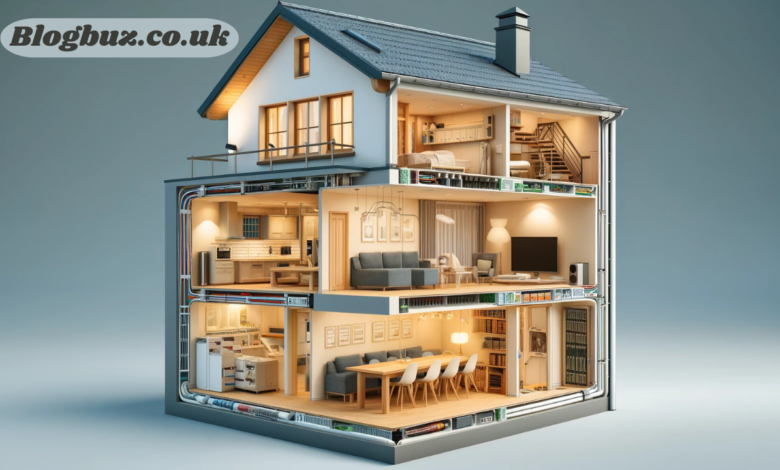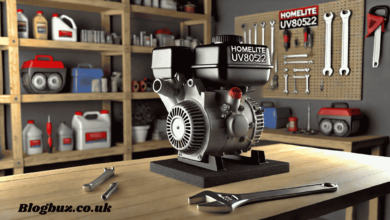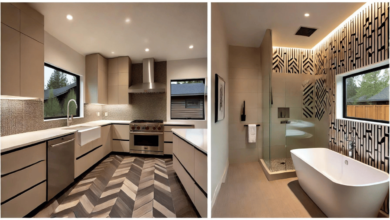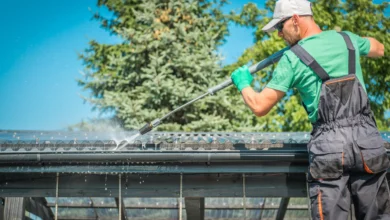Efficient Cable Management in Single-Family Homes: The Role of Kabeltragsysteme im EFH

Electrical installations’ effectiveness and safety are paramount in the modern home. This is especially true in single-family homes (Einzel-Familien-Häuser, EFH), where sophisticated electrical needs must be managed effectively. Kabeltragsysteme, or cable management systems, play a critical role in organizing and protecting electrical wiring, ensuring that homes meet regulatory standards and provide a safe environment for residents. This article examines the significance, varieties, advantages, and best practices for installing kabeltragsysteme im EFH.
Understanding Kabeltragsysteme im EFH
Kabeltragsysteme is an essential component designed to support and organize cables and wires in residential buildings. By keeping cables neatly arranged and away from potential hazards, they help prevent damage from environmental factors and lower the chance of electrical fires. In single-family homes, these systems are crucial due to the complexity and individuality of each home’s electrical setup.
Types of Kabeltragsysteme
Kabeltragsysteme comes in various types, each suited to different needs and environments:
- Cable Trays: These are the most common form of home cable management. They are open structures that allow for easy access and air circulation around the cables, which helps prevent overheating.
- Cable Ladders: Similar to cable trays but with a more robust design, cable ladders are suited for supporting heavier cable loads. They are ideal for areas where cables traverse longer unsupported spans.
- Conduit Systems: These involve encasing wires in a protective tube, which offers the highest level of protection by shielding wires from environmental exposure and physical harm.
Installation Best Practices
To ensure effective use of kabeltragsysteme im EFH, several best practices should be followed:
- Planning: Before installation, it is crucial to plan the layout thoroughly. This includes determining the most efficient paths for the cables and considering the locations of electrical appliances and devices.
- Compliance: Adhering to DIN standards and VDE regulations is mandatory to ensure that the installation meets all safety and quality requirements in Germany.
- Material Selection: The choice of materials for kabeltragsysteme should be based on environmental conditions and the specific needs of the installation site. For instance, stainless steel or aluminum might be selected for longevity and corrosion resistance.
Benefits of Proper Cable Management
Installing kabeltragsysteme im EFH offers several advantages:
- Safety: Effective cable management lowers the possibility of electrical accidents, protecting the home and its occupants.
- Maintenance: Organized cable systems simplify maintenance and troubleshooting, as cables are easier to access and identify.
- Aesthetics: Neatly arranged cables improve the appearance of the home’s electrical setups, contributing to a cleaner and more organized living space.
- Longevity: By reducing the likelihood of cable damage, kabeltragsysteme extends the life of the electrical wiring.
Regulatory Standards and Compliance
In Germany, specific standards govern the installation of electrical systems, including kabeltragsysteme. These are encapsulated in the DIN standards, which outline the minimum requirements for safety and performance. Additionally, compliance with VDE regulations ensures that all electrical installations are up to code and provide the necessary safety measures.
Choosing the Right Kabeltragsysteme
When selecting a kabeltragsysteme for an EFH, several factors should be considered:
- Capacity and Load: The system should accommodate the number and type of cables used in the home.
- Material: Factors such as moisture, temperature variations, and potential chemical exposures should influence the choice of materials for the system.
- Ease of Maintenance: The chosen system should allow for easy modifications and repairs as electrical needs evolve or change.
Conclusion
Kabeltragsysteme is integral to the modern EFH, providing a structured and safe way to manage the various electrical cables and wires necessary today. Homeowners can ensure their electrical installations are secure and efficient by understanding the different types available, adhering to best practices during installation, and recognizing the benefits these systems offer. As technology and electrical needs continue to evolve, the importance of effective cable management systems like kabeltragsysteme will only increase, underscoring their essential role in the electrical infrastructure of single-family homes.
FAQs on Kabeltragsysteme im EFH (Single-Family Homes)
What are kabeltragsysteme?
Kabeltragsysteme, or cable management systems, are structures designed to organize and protect electrical cables within a building, ensuring safe and efficient electrical installations.
Why is arisabeltragsysteme important for single-family homes?
In single-family homes, kabeltragsysteme helps to manage and protect the electrical wiring, reducing the risk of electrical hazards and improving system efficiency and safety.
What are the main types of kabeltragsysteme used in EFH?
The primary types of kabeltragsysteme include cable trays, cable ladders, and conduit systems. Each serves different needs based on the installation scale and the kind of protection required.
What should be considered during the installation of kabeltragsysteme in EFH?
Key considerations include planning the layout to optimize the path of cables, using materials suited to the home’s environment, and ensuring compliance with relevant DIN standards and VDE regulations for safety and performance.
Are there specific safety standards to follow when installing kabeltragsysteme?
Installations must adhere to German DIN standards and VDE regulations to ensure the kabeltragsysteme are safe, effective, and compliant with national safety requirements.
You May Also Read: Nick Djurd DMV Construction: Building Excellence in Every Project




